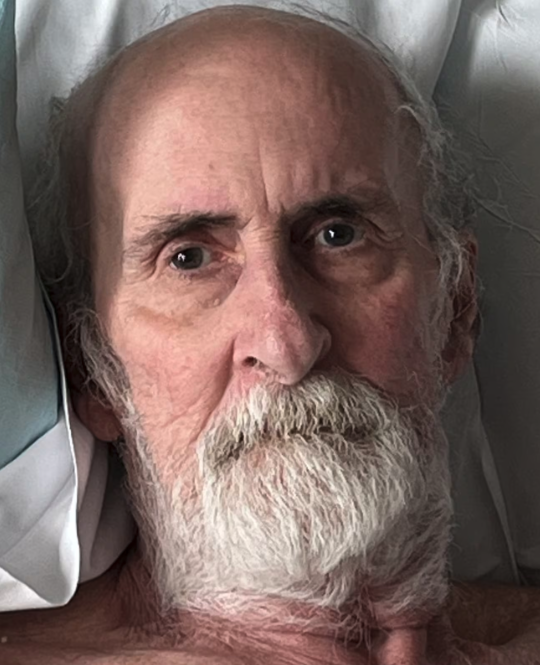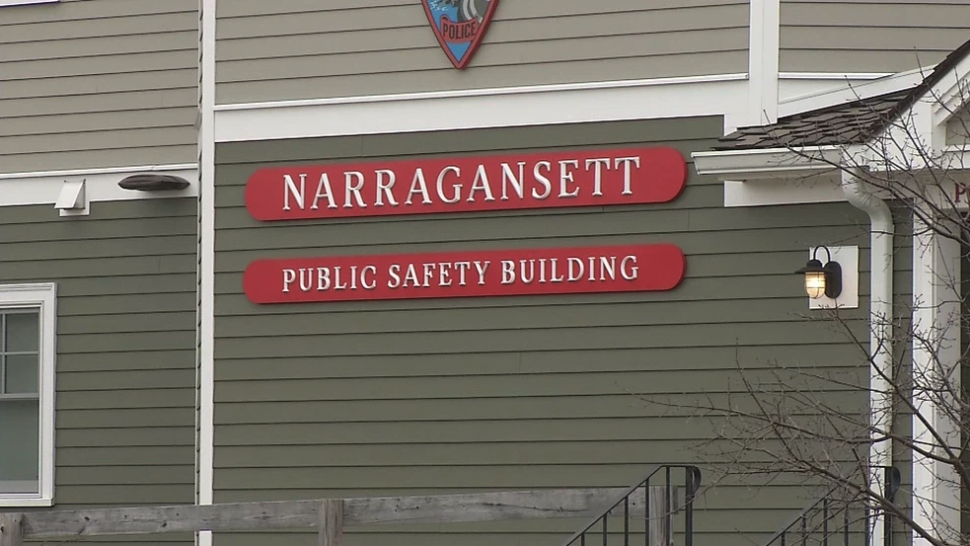Crime experts at Northeastern University are pushing back against social media rumors about a supposed New England serial killer. They say that the evidence from the 12 recent deaths across three states doesn’t support the serial killer narrative.

Professor James Alan Fox, who oversees the Associated Press/USA TODAY/Northeastern University Mass Killing Database, also notes, “The evidence just doesn’t line up with what we know about serial murder.” Police departments in Connecticut, Rhode Island, and Massachusetts have also dismissed any connections among the cases. Some have already been solved with arrests, while others have been deemed non-suspicious. Fox, a Northeastern criminologist and author of Extreme Killing: Understanding Serial and Mass Murder, also claims “Serial killers usually target the same type of victim. These cases are far too different.” Fox’s May 13 report offers the latest expert perspective on criminal patterns in the region.
Solved Cases Disprove New England Serial Killer Theory
Since March 2025, police have found 12 bodies spread across Connecticut, Rhode Island, and Massachusetts in 11 different places. There was no clear pattern among the victims. While many people still question this, police stress that they have already solved several of these cases.

In Groton, Connecticut, police arrested 68-year-old Donald Coffel for killing his 58-year-old roommate, Suzanne Wormser, on April 25. Police say Coffel admitted to killing Wormser with a baseball bat after fighting about drugs. He cut up her body and put her torso in a suitcase near the Colonel Ledyard Cemetery. The cold facts of this crime are awful, yet it stands as a solved case with no mystery.
In Salem, Massachusetts, police charged 30-year-old Jay Blodget with two murders on April 24 after finding two male bodies in woods behind a Walmart. Prosecutors said the victims had been beaten and stabbed, then hidden under leaves and branches. Blodget, who was homeless and lived in the wooded area, admitted to the killings. These clear resolutions contradict the New England serial killer theory that continues to circulate online.
Medical experts have also ruled many other cases as non-suspicious deaths. Detectives continue to work separately on the remaining cases and find no links between them.
Anthony Gulluni warned on April 29 about “unverified claims” that can “hurt active investigations and create chaos that doesn’t show the true picture.”
Read More: Ex-White House Insider Alleges Trillions Funded Secret Underground U.S. ‘City’
When a Fiction Writer Sent Police Digging at the Beach

In one example of how online rumors affect real life, Narragansett, Rhode Island police searched a beach with cadaver dogs because of an anonymous social media post claiming bodies were buried there. They found nothing, and the person who made the post later said it was part of a fictional book they were writing. How many more police hours will be wasted on such claims?
70,000 Facebook Members Spreading New England Serial Killer Rumors
A Facebook group about the New England serial killer theory has grown to over 70,000 members. TikTok videos claiming evidence of a serial killer get millions of views. People online focus mainly on how close the deaths happened to each other in location and time, while ignoring the lack of other connections.
Psychology professor Laurie Kramer from Northeastern University explains that when people share strong beliefs with others who agree, those beliefs get stronger. “When people have beliefs they feel very strongly about and others push back, those beliefs can become even stronger,” Kramer notes. “People can dig in deeper with their thinking.” These viral rumors do more than create online talk. Communities across the region report more anxiety, with some people afraid to do normal daily activities.
Understanding how serial killings usually connect helps us judge these claims better. Fox explains that real serial killers typically choose similar victims, use the same killing methods, or stick to certain areas. The widespread locations of these New England cases would be unusual for one killer. These patterns contradict the narrative that continues to circulate online despite factual evidence.
Why 12 Deaths in 11 Different Places Don’t Match Serial Killer Patterns
Statistics also matter; serial killings have gone down across the country since the 1980s, even though movies and TV shows still feature them a lot. This decrease happened as police upgraded their tools, cameras became more common everywhere, and investigation methods improved. According to Fox, about 70% of serial killers work in familiar places, usually close to their homes or jobs, which makes the widespread nature of the New England cases unusual for one perpetrator.
When police have to check viral claims, they take time away from real investigations. Many officials stress that these deaths seem to be separate cases that they investigate carefully on their own. “These patterns directly contradict what we typically see with connected homicides,” notes one investigator with over two decades of experience. The evidence collection process remains methodical despite public pressure for quick answers.
What Police Want You to Know
The New England serial killer theory has been thoroughly investigated and debunked by police and experts. Police continue working on the remaining unsolved cases as of May 2025. They carefully examine evidence in each case while stating firmly that no connections exist between them. Law enforcement agencies have set up ways to share information that might show patterns, but so far they’ve found none. The steady, methodical work of investigators continues despite the social media frenzy.
Police urge the public to get information from official sources rather than social media. They warn that spreading unverified claims hurts investigations and creates unnecessary fear. As Professor Fox says in his final thoughts, “It’s important to base our understanding of crime patterns on evidence and facts, not guesses. The public deserves accurate information, especially about things that directly impact community safety and well-being.“
Read More: Bill Gates Blasts Elon Musk, Claims DOGE Is Hurting the World’s Poorest Children

